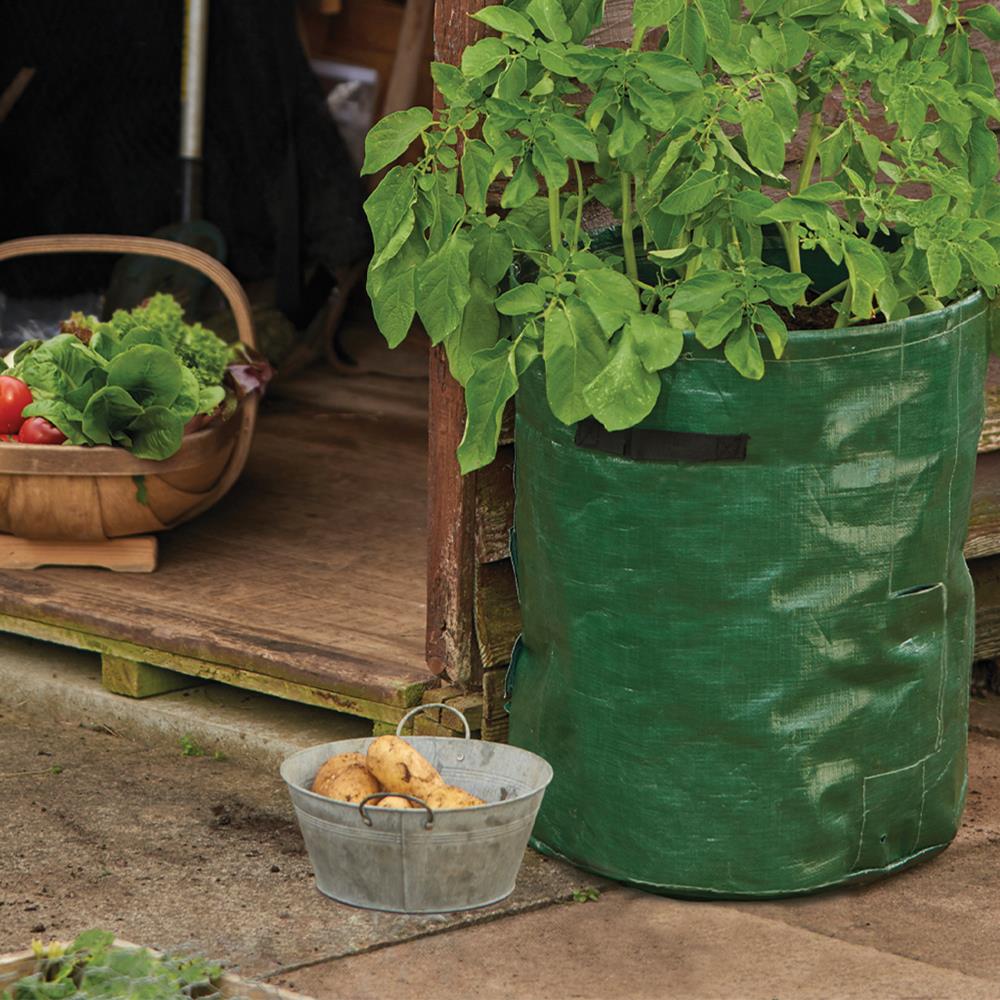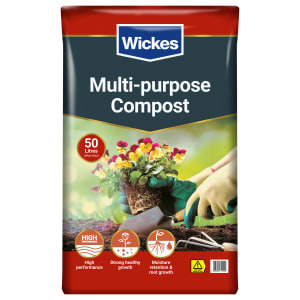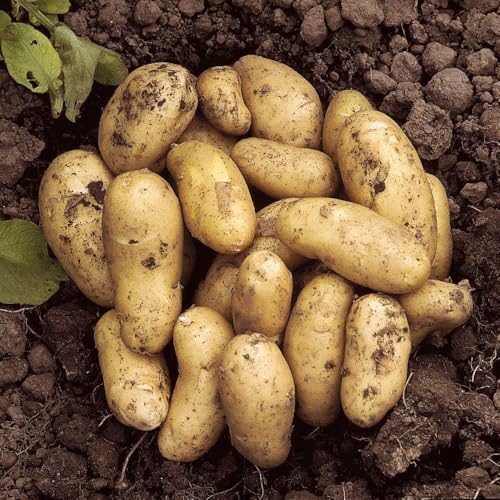Garden experts reveal their tricks for growing potatoes in containers — the easy, hassle-free way to grow your own spuds
Follow these steps and you'll be able to enjoy a bounty of potatoes this year


Most kitchens will have at least a couple of spuds knocking around, and no longer do we need ample garden space to grow our own. Once you know the method for growing potatoes in containers, you can enjoy a supply of homegrown potatoes year-round, without sacrificing a tonne of space.
Growing potatoes in the ground is easy enough, but it can be just as easy in containers. You'll need a deep pot or bag, potato seeds (ideally chitted), a nutrient-dense compost, and the willingness to keep your spuds happy and hydrated.
We've asked gardening experts to share all their top tips for growing potatoes in containers. It turns out there are just six simple steps to creating a bounty of potatoes ready for eating.
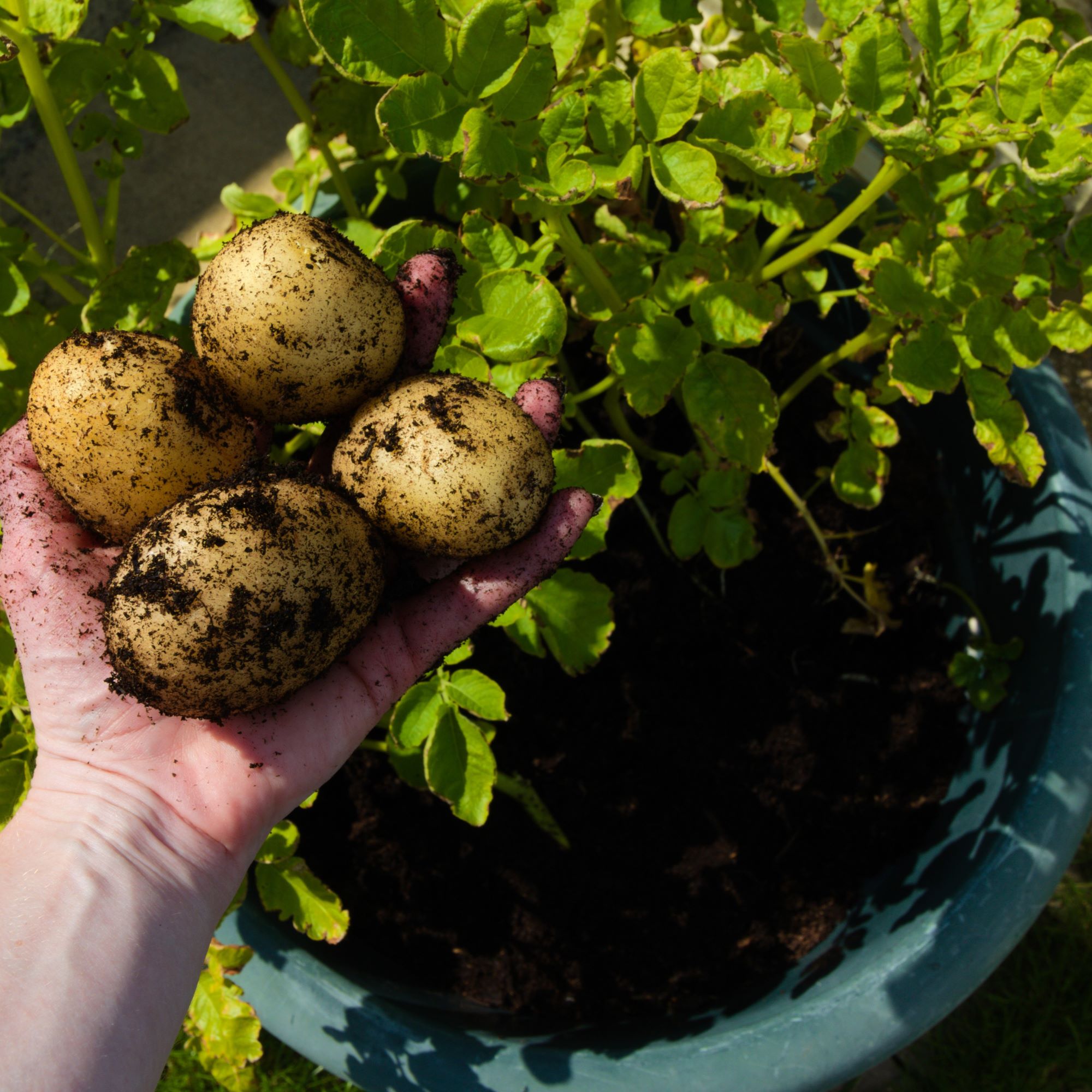
What you'll need
- Container(s): choose one with good drainage, around 40cm deep
- Potato seeds
- Multi-purpose compost
Step-by-step guide to growing potatoes in containers
1. Get a suitable container
While growing potatoes in containers is perfectly doable, you'll need a suitable pot for it to work. 'When selecting a container for growing potatoes, I always like to ensure that it is at least 40 litres with the minimum depth of 35-40 cm,' Josh Novell at Polhill Garden Centres says.
'This will ensure that the potato plants have enough space for consistent growth and the development of potato tubers - which are the edible, starchy sprouts that we later harvest and eat.'
The container should also have good drainage to avoid root rot.
2. Line the container
Once you've got a suitable container, line the bottom of it with at least 10cm of compost. Choose a nutrient-dense, peat-free compost to give your seedlings the best chance of fruiting. You can buy a product that's marketed for potatoes if you want to, but a multi-purpose compost will do.
3. Chit the potato seeds
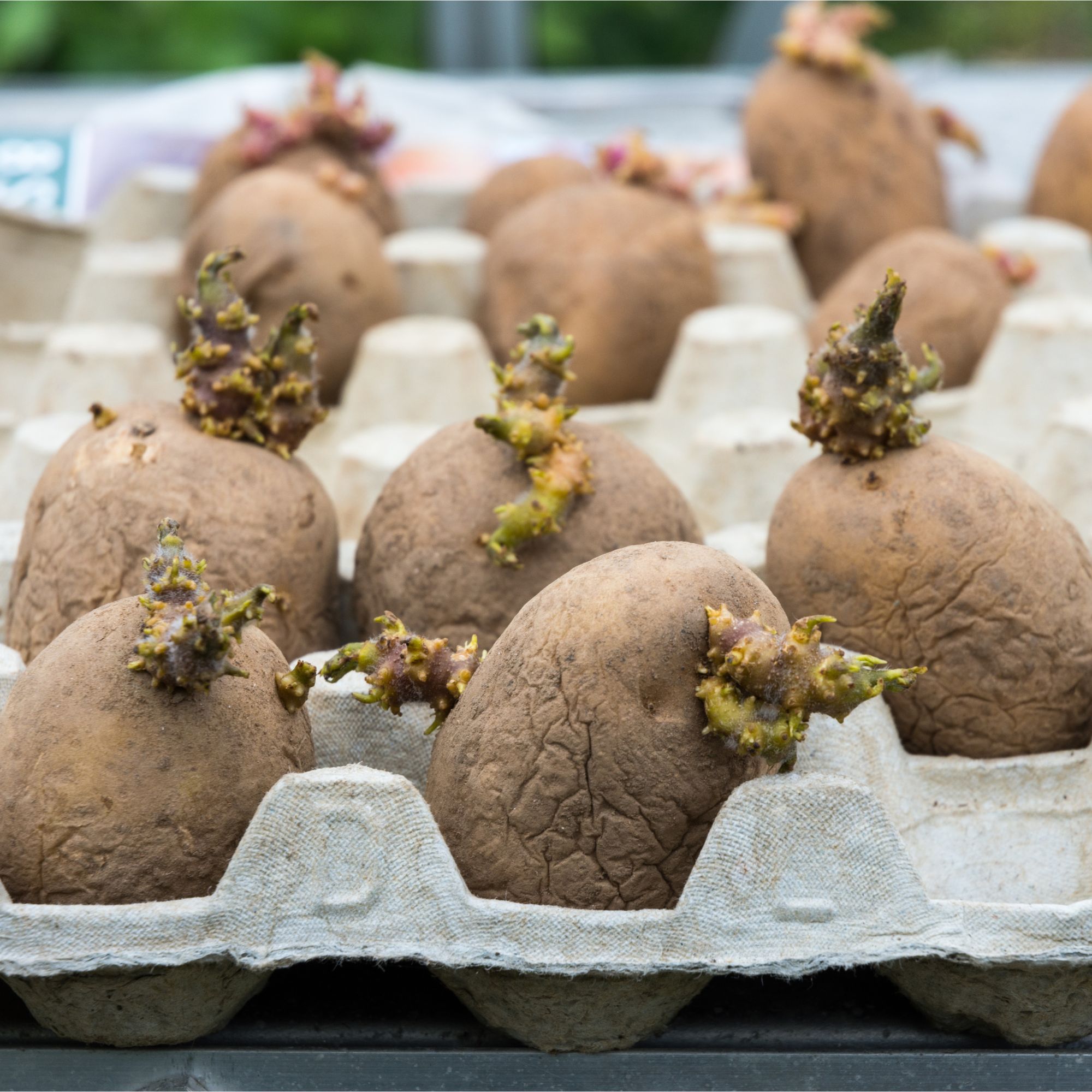
'Between February and March, place seed potatoes in a cool, bright place to encourage sprouting before planting - a process called chitting,' advises Morris Hankinson, founder and director of Hopes Grove Nurseries. 'Chitting potatoes is the process of helping potato shoots to grow strong before planting them in the ground or a container.'
The process of chitting potato seeds is easy, and after around 4-6 weeks, the seeds should be showing stubby green shoots. Chitted potato seeds will produce a higher yielding crop and grow faster than seeds that haven't been chitted.
If you're worried about how long it takes to grow potatoes, you should still be able to produce a good crop if you skip this step. Or, buy potato seeds that have already been chitted from a local garden centre.
4. Place (and cover) your seeds
Next, place three to five chitted (or non-chitted) seed potatoes on top of the compost, around a hand's width apart. 'Then cover the chitted potatoes with another layer of compost and water well,' Graham Smith, MCIHort from LBS Horticulture advises.
5. Give your seeds the right conditions
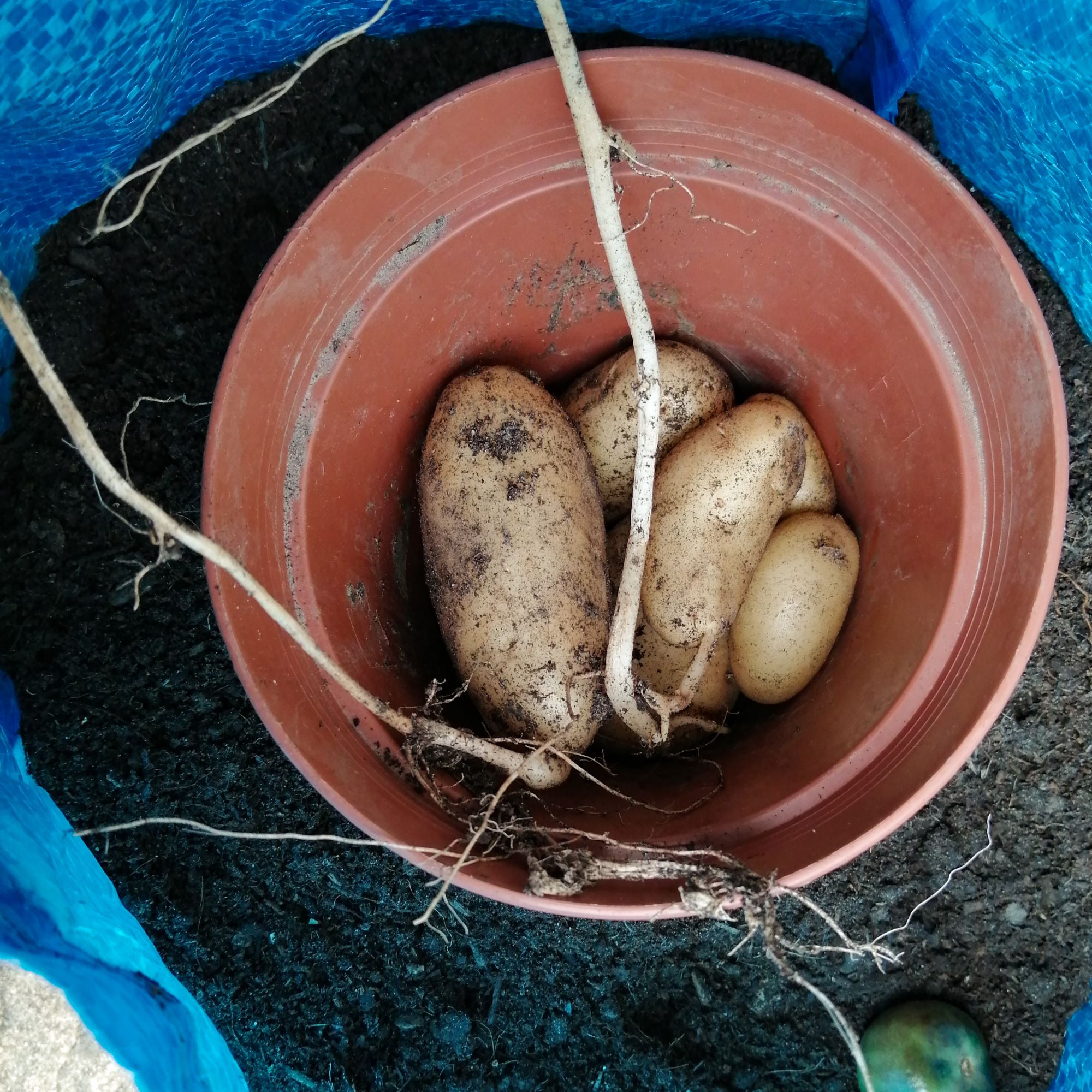
'Place the container in a sheltered spot that receives sun for at least half of the day,' Graham advises. 'And always keep the compost of the potatoes moist.'
It's important to keep on top of watering when growing potatoes in containers, because they'll need more water than if they were growing in the ground. Allow the container to dry out between waterings, but soak the compost completely when you come to water it again.
6. Cover the shoots until harvest
'When the green shoots reach around 15cm, cover them with another 10cm of compost, leaving the top of the tips exposed,' Morris from Hopes Groves Nurseries says. 'Repeat until the container is full to encourage more growth.'
You can usually harvest your potatoes after 10-12 weeks when growing them in containers (maincrop potatoes take around 16-20 weeks).
'Once the foliage turns yellow and dies back, it's time to harvest,' Morris says.
FAQs
What month should you plant potatoes?
Potatoes are best planted in spring, though the best time to chit them is in February or March.
Josh Novell at Polhill explains that the optimal timings for planting potatoes will differ depending on the variety:
- First earlies, also known as new potatoes, are planted in late March.
- Second earlies, more commonly known as salad potatoes, are planted in early to mid-April.
- Maincrops can be planted during mid to late April and produce larger potatoes suitable for baking, roasting.
'Staggered planting ensures a steady harvest with earlies ready in the Summer and maincrops maturing later for long-term storage,' Josh summarises.
Do I need to earth-up potatoes in containers?
Growing potatoes in containers still requires earthing-up, just like growing them in the ground would. Earthing-up refers to adding more soil around the sprouting plants as they grow.
'Earthing-up ensures the shoots are shielded from any light that may filter through the soil as the shoots are developing,' Josh explains. 'This process increases the number of roots that the plant grows, allowing it to absorb more water and nutrients which results in a larger yield.'
So, you'll get plenty more spuds if you add more compost around the shoots as they grow.
Get the Ideal Home Newsletter
Sign up to our newsletter for style and decor inspiration, house makeovers, project advice and more.

Katie has been writing freelance since early 2022, specialising in all things homes and gardens, following achieving a Masters in Media and Journalism. She started out writing e-commerce content for several of Future’s interior titles, including Real Homes, Gardeningetc, Livingetc, and Homes and Gardens. Since then she’s been a regular contributor on Ideal Home’s digital team, covering news topics, how-to guides, and product reviews.
You must confirm your public display name before commenting
Please logout and then login again, you will then be prompted to enter your display name.
-
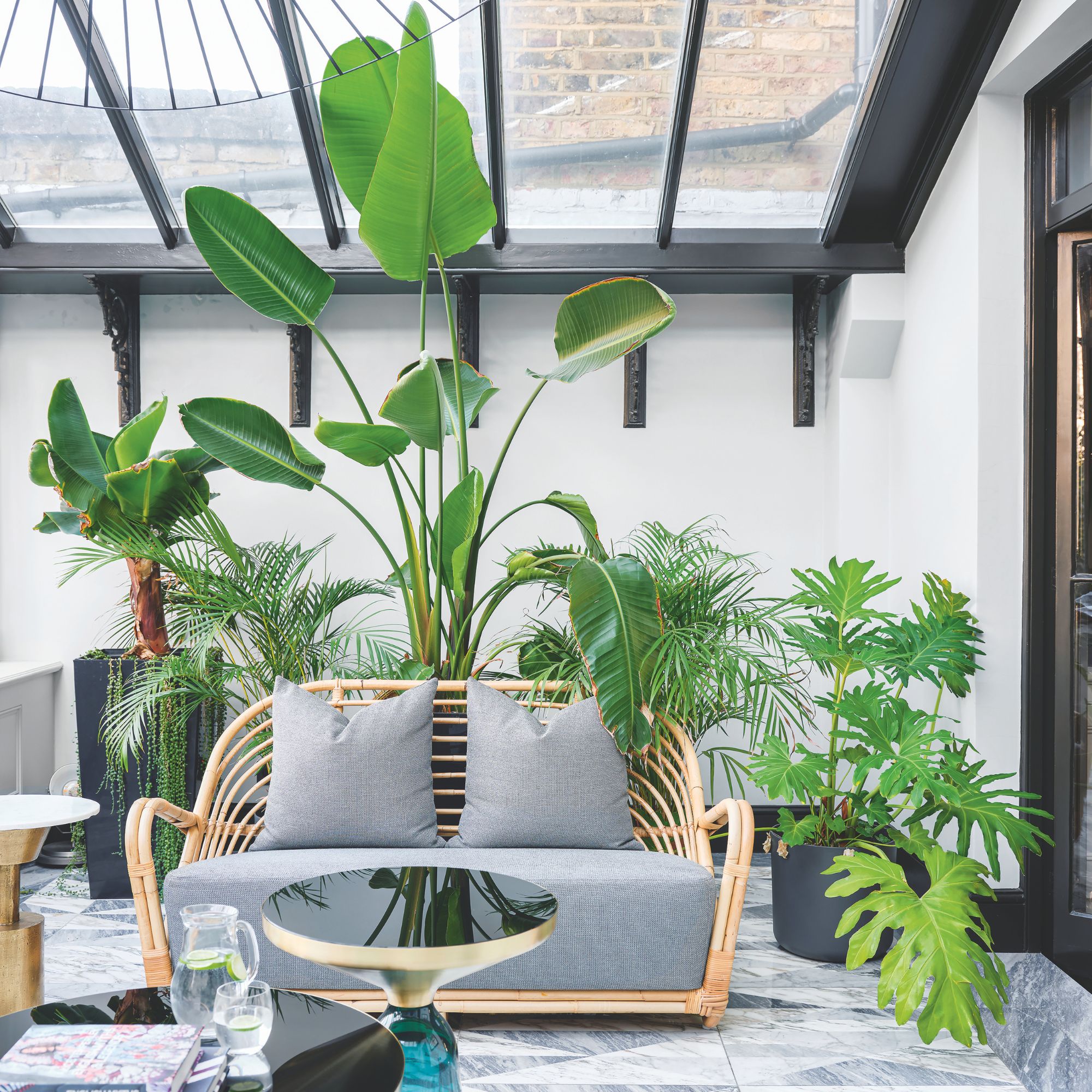 Will a conservatory add value to your home and how can you maximise it?
Will a conservatory add value to your home and how can you maximise it?This is what the pros say
By Amy Reeves
-
 I’ve been looking for a new signature scent for my home and The White Company's new fragrance is the exact summer holiday smell I needed
I’ve been looking for a new signature scent for my home and The White Company's new fragrance is the exact summer holiday smell I neededSantorini smells fresh, summery and sophisticated
By Kezia Reynolds
-
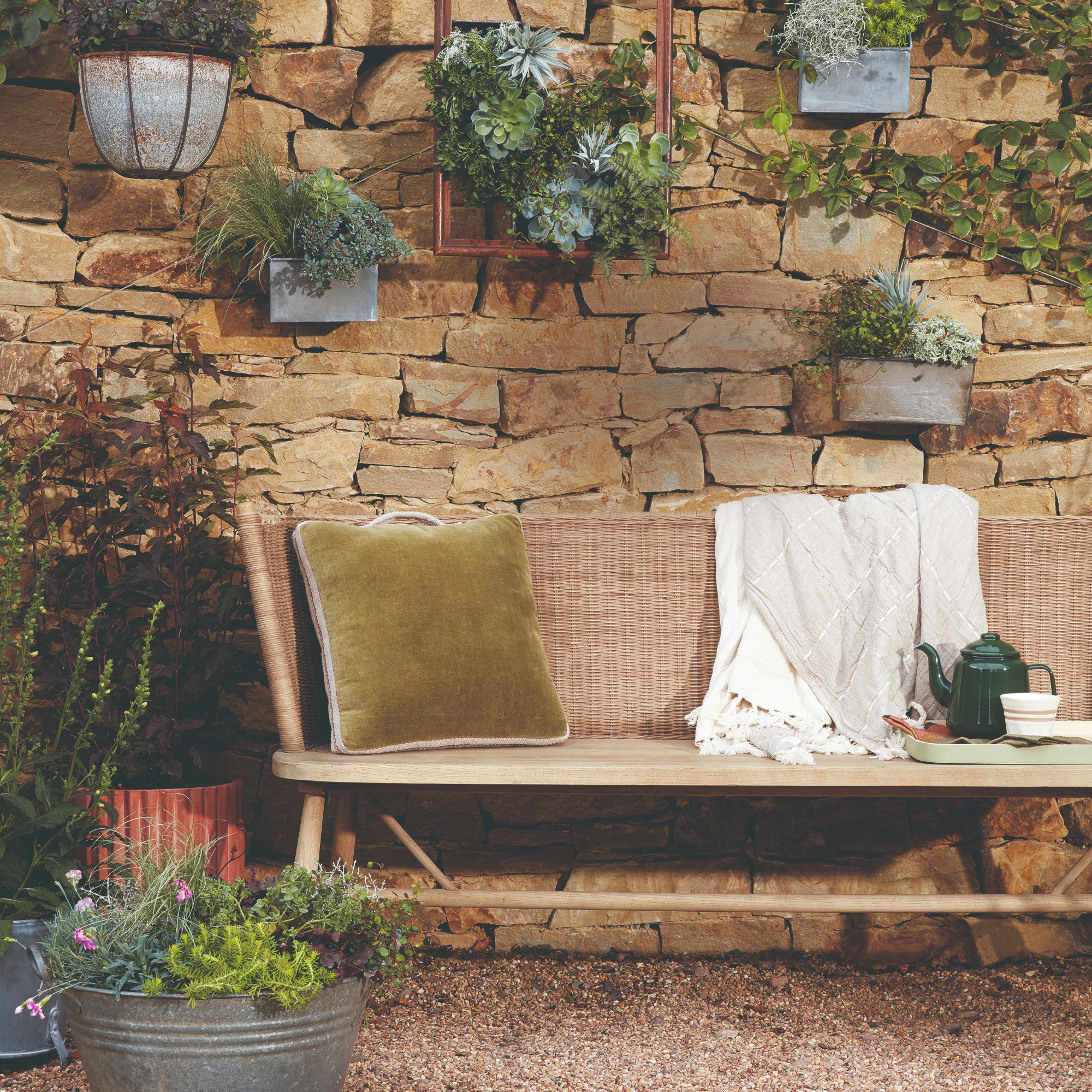 How to remove algae from garden walls in five steps – and the cleaning product experts rave about for tackling it fast
How to remove algae from garden walls in five steps – and the cleaning product experts rave about for tackling it fastExperts share their top tips for getting garden walls algae-free
By Katie Sims
-
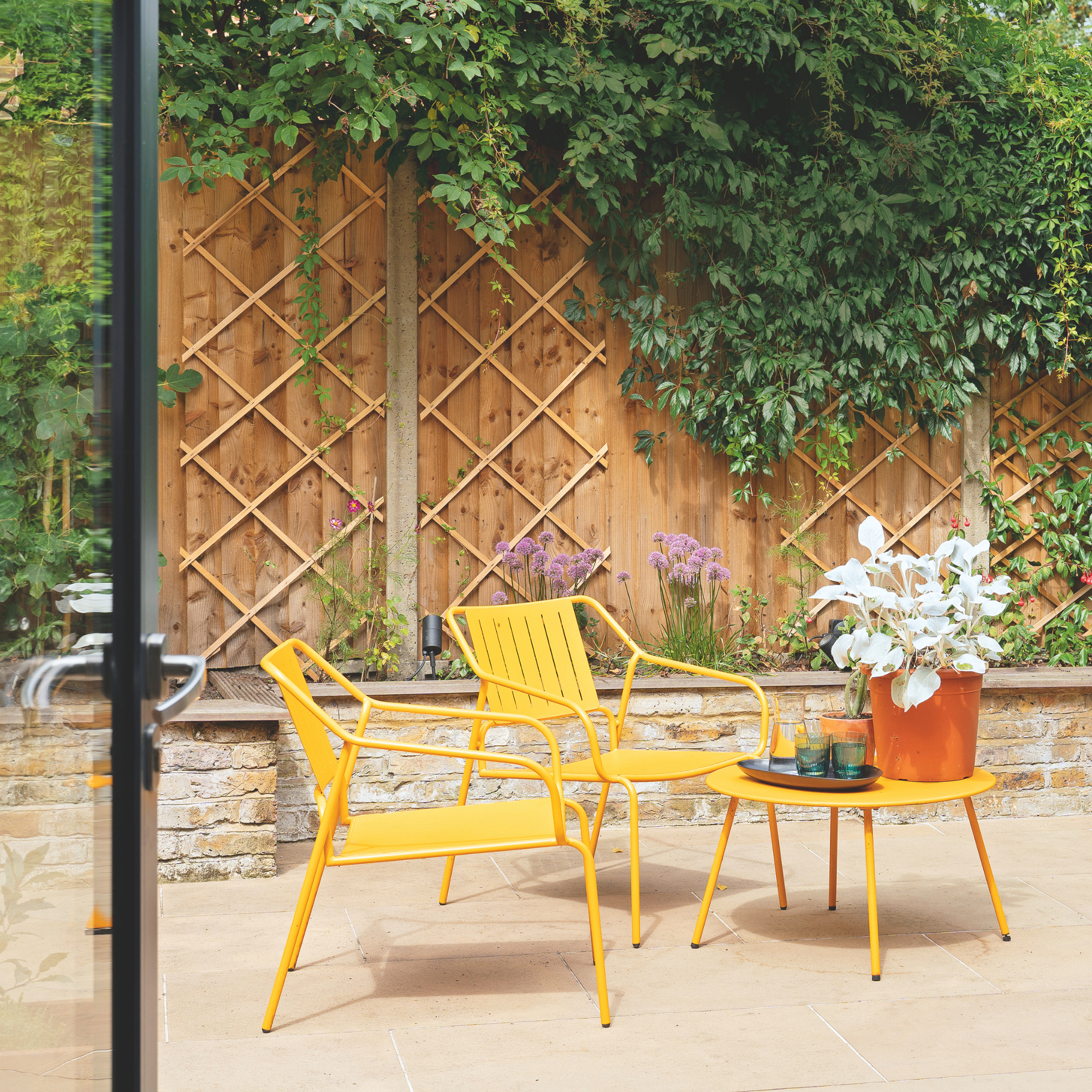 I’m seeing pastel garden furniture at all my favourite brands this spring, but QVC’s sorbet collection impressed me the most
I’m seeing pastel garden furniture at all my favourite brands this spring, but QVC’s sorbet collection impressed me the mostFresh pastel shades are a great way to liven up your outdoor space
By Kezia Reynolds
-
 I spent the afternoon looking through Wayfair's garden sale – these are the 6 pieces I'm buying immediately for summer
I spent the afternoon looking through Wayfair's garden sale – these are the 6 pieces I'm buying immediately for summerThese are my must-have garden buys from the sale
By Holly Reaney
-
 I’ve found the perfect alternative to John Lewis’ sold-out striped garden chair – and you won’t believe where it's from
I’ve found the perfect alternative to John Lewis’ sold-out striped garden chair – and you won’t believe where it's fromJohn Lewis' Sling Garden Chair is one of the most stylish pieces of garden furniture I'd seen – until I tracked down this QVC lounge chair...
By Kezia Reynolds
-
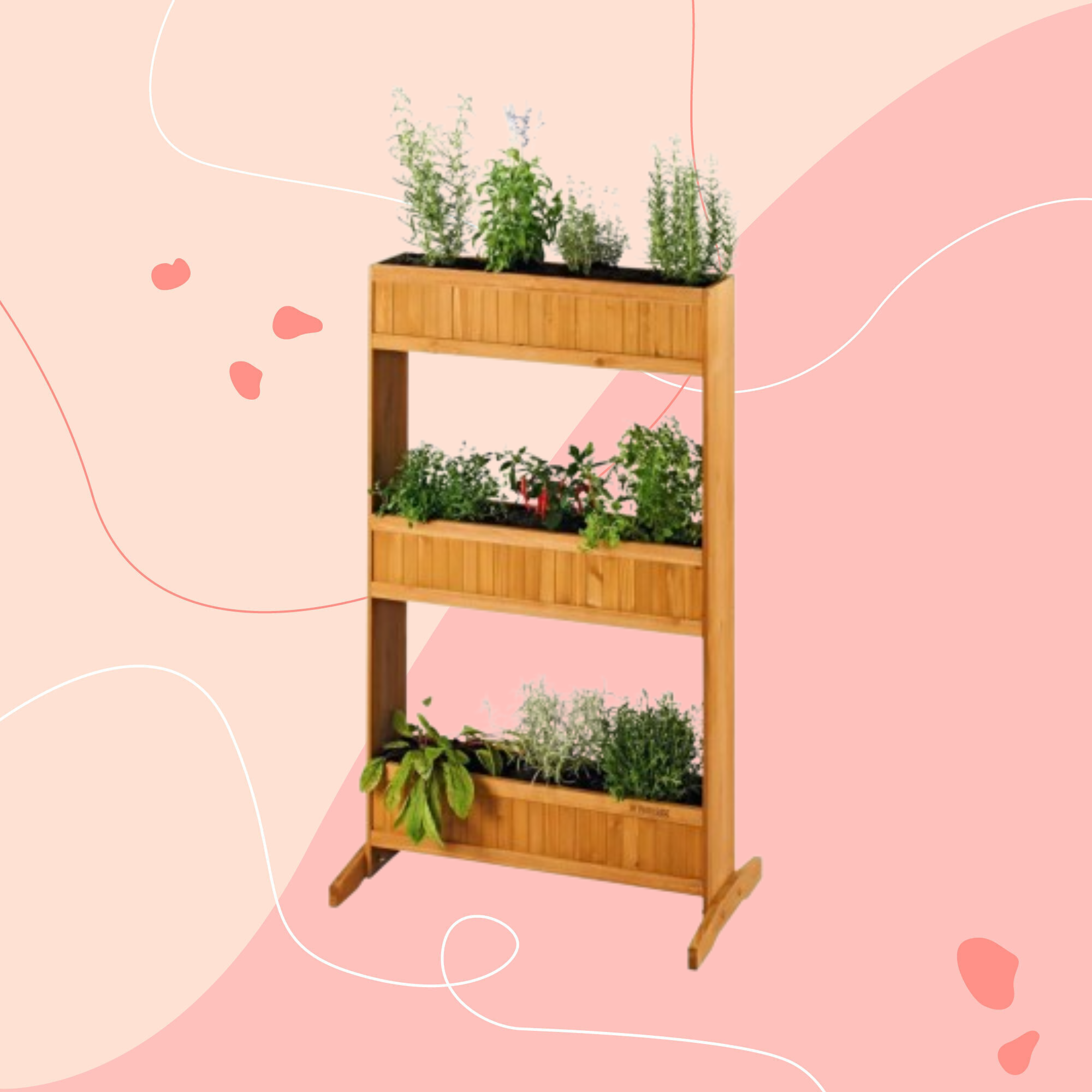 Lidl is selling a smart tiered planter that will unlock extra planting space in a tiny garden or balcony
Lidl is selling a smart tiered planter that will unlock extra planting space in a tiny garden or balconyWhy I've been eyeing this planter up for my tiny garden
By Kezia Reynolds
-
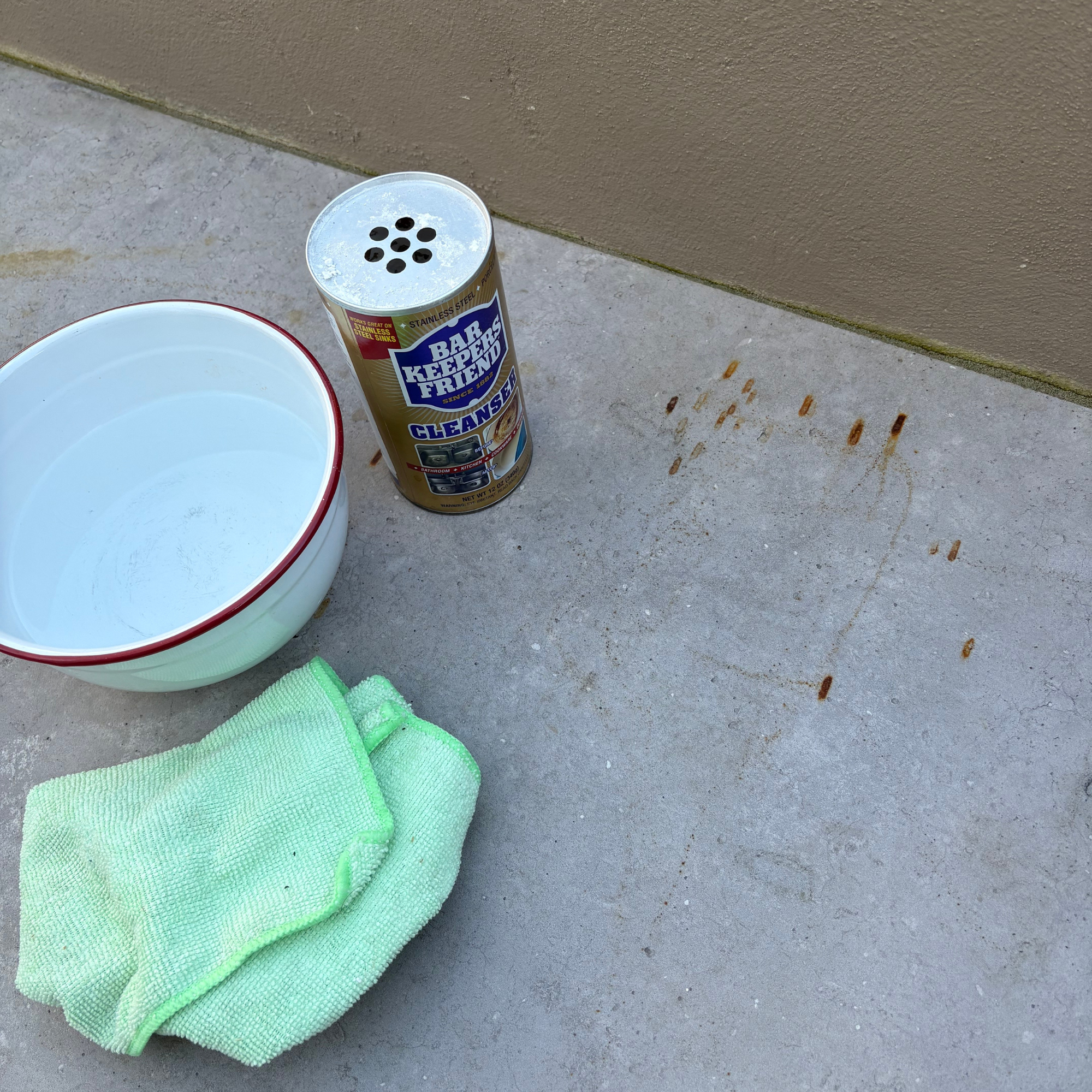 I’ve found the best solution for cleaning stains from a patio - and it’s only £8 on Amazon
I’ve found the best solution for cleaning stains from a patio - and it’s only £8 on AmazonThe stains practically vanish!
By Kezia Reynolds
-
 Lidl’s £15 sun sail is everything you need to create a shady oasis in your garden – and it’s on sale right now
Lidl’s £15 sun sail is everything you need to create a shady oasis in your garden – and it’s on sale right nowWith two stylish colours available, the sun sail will make a chic yet practical addition to any of your garden.
By Kezia Reynolds
-
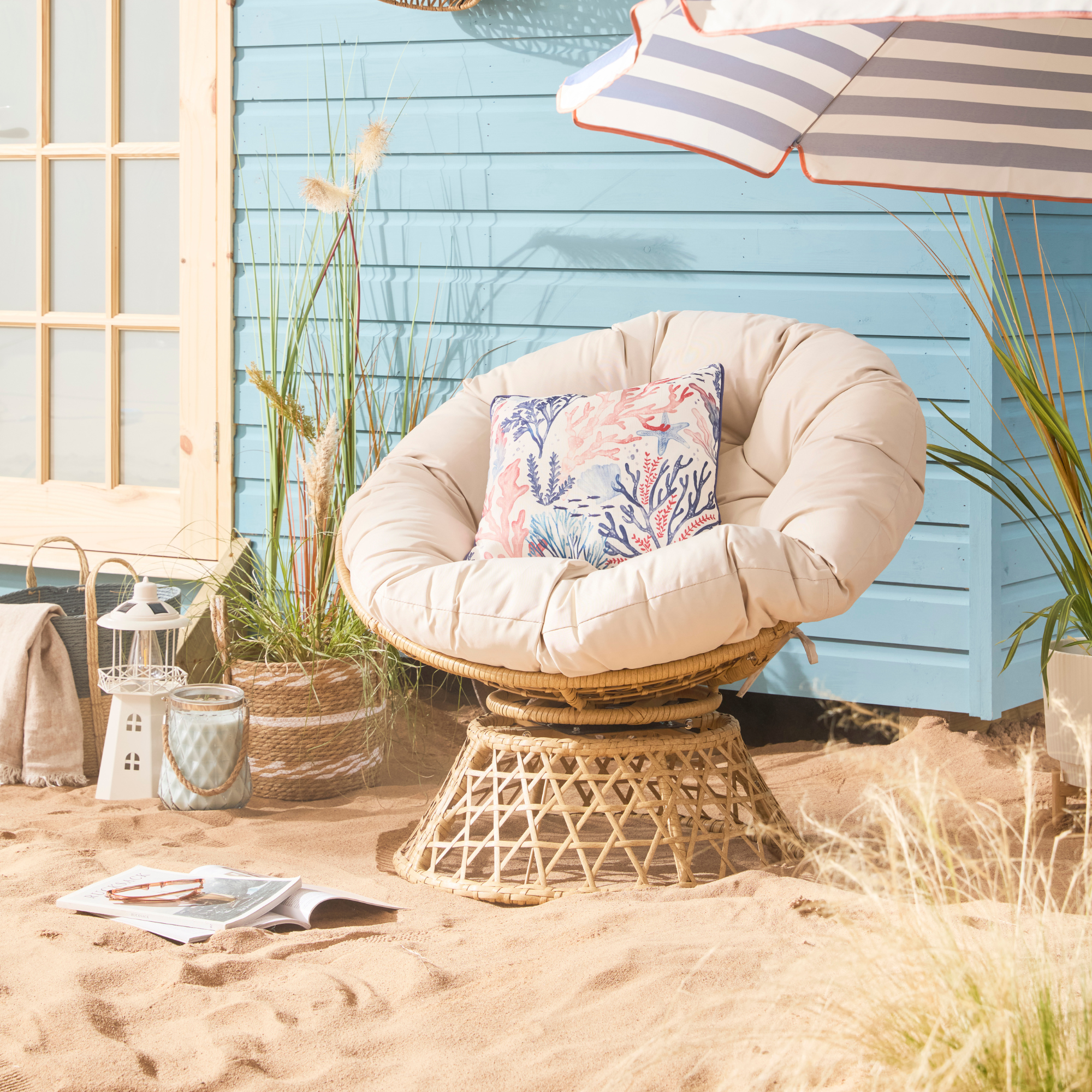 B&M has nailed 2025's breakout garden furniture trend - it's one of the most affordable and stylish I've seen
B&M has nailed 2025's breakout garden furniture trend - it's one of the most affordable and stylish I've seenGet the luxe look for less
By Kezia Reynolds
-
 I was shocked to discover a treasure-trove of designer-look garden furniture at La Redoute on sale right now – 6 chic standouts
I was shocked to discover a treasure-trove of designer-look garden furniture at La Redoute on sale right now – 6 chic standoutsGive your garden that high-end look
By Sara Hesikova
